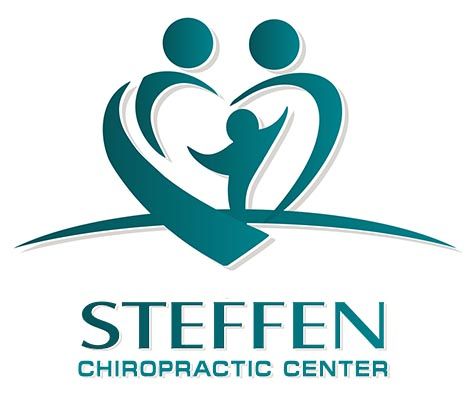Chiropractors who care for infants use specific, gentle adjustments, most ICPA doctors have take advanced classes on specific techniques for infants and children. All infants are usually checked after birth but here are some indicators to look for when caring for infants and children. The head tilts to one side, having difficulty turning their neck to one side, and also having difficulty settling down or sleeping soundly. Chiropractic care can help with a lot of different infant and children's health issues.
Many adults see a chiropractor to improve their general health and to prevent pain, but did you know that chiropractic is great for kids, too?
Dr. Jane Steffen Bye, DC, FICPA sees many children in our Shoreview, MN office, and the scientific literature backs up what we see every day: Chiropractic is safe and effective for keeping your kids healthy.
Studies show that chiropractic adjustments can help with ADHD, asthma, bedwetting, and colic. Chiropractic can even boost the function of your kid's immune system, helping to keep them happy and well.
As a parent, you're concerned about keeping your kids healthy, but you also want to make sure that any kind of healthcare they receive is safe and natural. Chiropractic is both! A 2012 study looked at the records of 921 chiropractors to investigate the safety of chiropractic. The author found no serious adverse reactions to chiropractic adjustments.
Chiropractic is great because it doesn't use drugs or risky surgery to optimize health: it's truly an all-natural approach. If you'd like to see how chiropractic can help your children, give Dr. Jane Steffen Bye, DC, FICPA a call today at (651) 483-4040 for an appointment. We're conveniently located in Shoreview for your whole family.
Marchand AM. Chiropractic Care of Children from Birth to Adolescence and Classification of Reported Conditions: An Internet Cross-Sectional Survey of 956 European Chiropractors. Journal of Manipulative and Physiological Therapeutics 2012; 35 (5):372-380.
